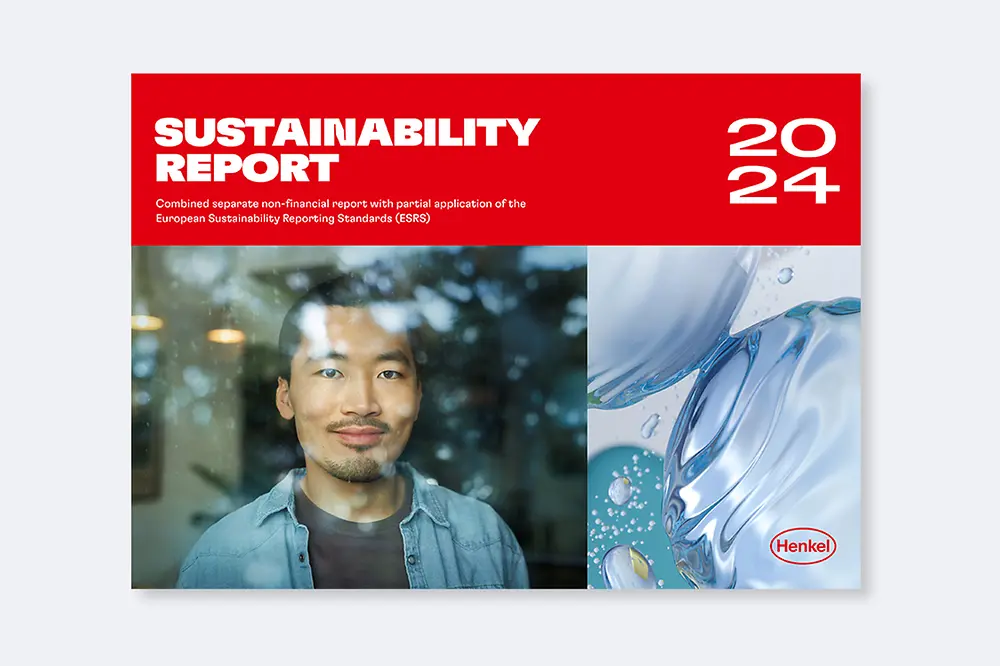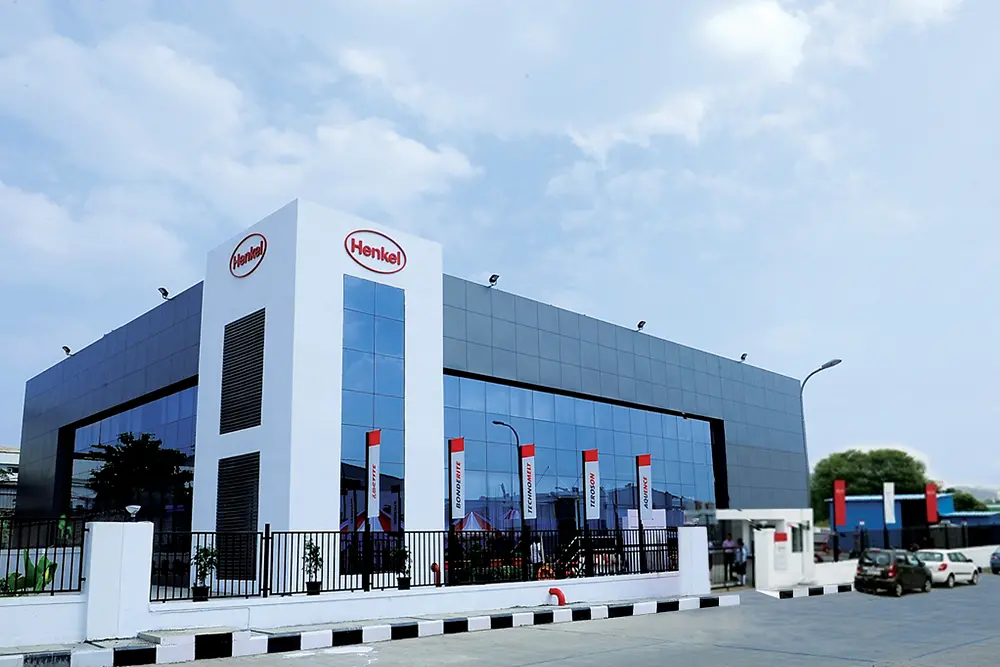In 2011, we set our ”Factor 3” targets that focused on efficiency gains until 2030. In 2019, we added next-level climate targets for Scope 1, Scope 2 and Scope 3 emissions in line with the Science- Based Targets initiative (SBTi) criteria. Additionally, we committed to setting a net-zero pathway and officially signed up to the Business Ambition for 1.5°C Campaign. In 2024, Henkel has defined a net-zero roadmap extending its old targets for emissions reduction. Net-zero defines the point where all greenhouse gas emissions caused by human activity are balanced out by removing the same volume of emissions from our planet’s atmosphere over a specific period of time. In other words, net-zero is a state of equilibrium.
Our near-term targets as well as our net-zero target to reduce greenhouse gas emissions (GHG) along the value chain are validated by the SBTi and in line with their Corporate Net-Zero Standard. We are committed to reduce absolute scope 1 and 2 greenhouse gas (GHG) emissions by 42 percent1 as well as absolute scope 3 GHG emissions by 30 percent by 2030 from a 2021 base year. And we are committed to reduce absolute Scope 1, 2 and 3 GHG emissions by 90 percent by 2045 from a 2021 base year.1 In addition, following the SBTi’s Corporate Net-Zero Standard, we will employ methods to neutralize residual emissions by means of permanent carbon removal and storage.
Our Climate Transition Plan serves as a key element of our climate change mitigation approach. It outlines our corporate near-term, and net-zero targets and emission reduction activities to achieve these targets, as well as our governance and delivery mechanisms to implement our net-zero transformation.
1The target boundary includes biogenic land-related emissions and removals from bioenergy feedstocks.






